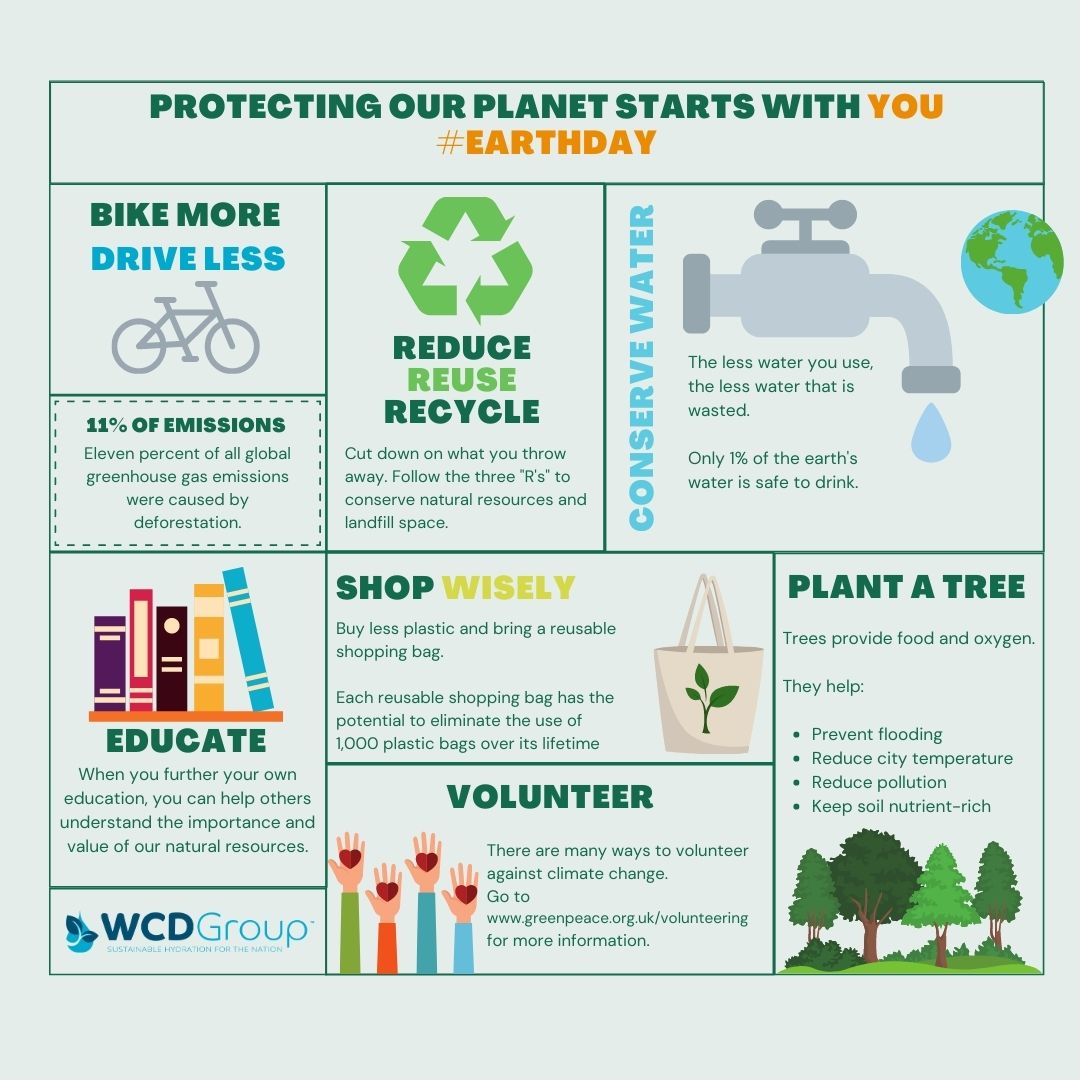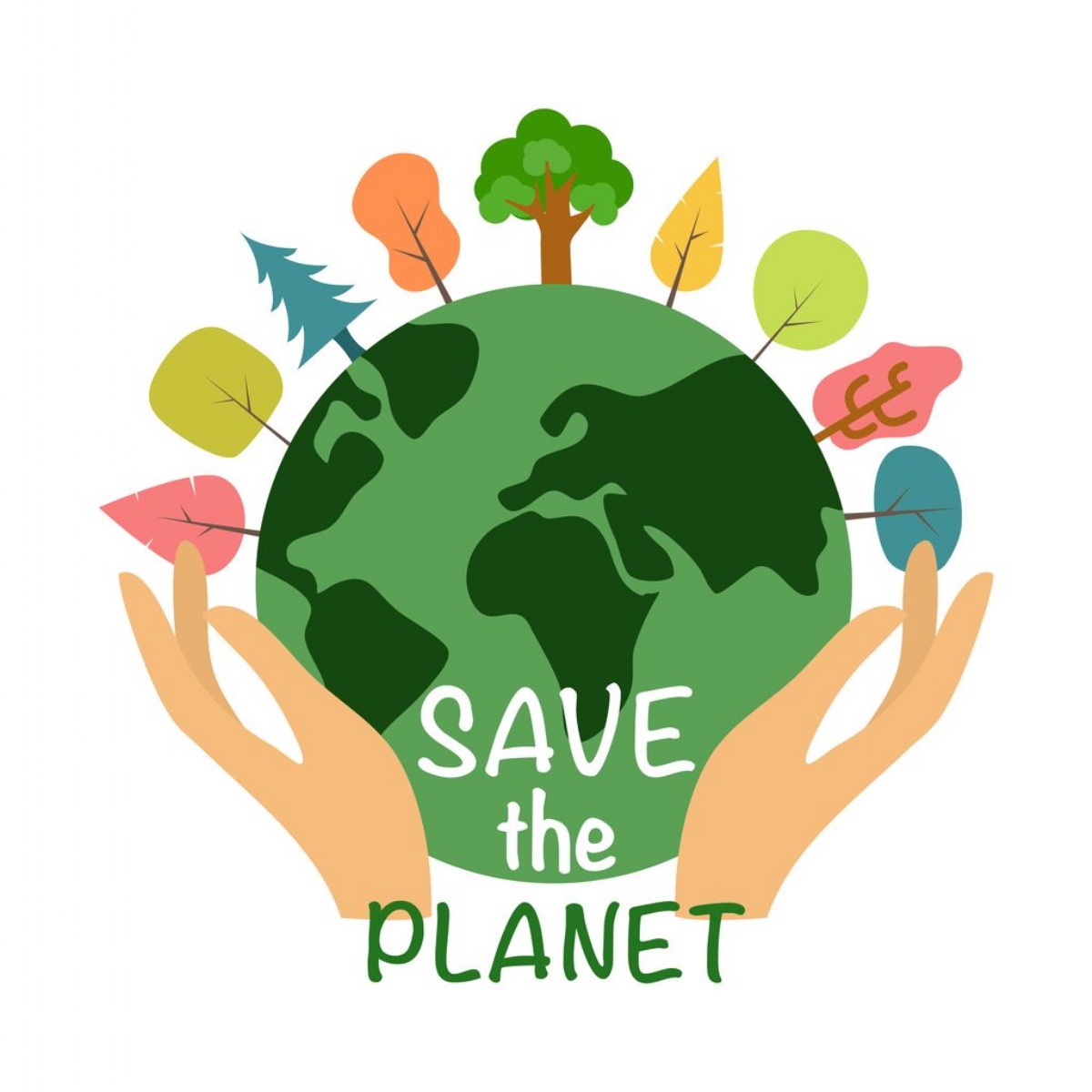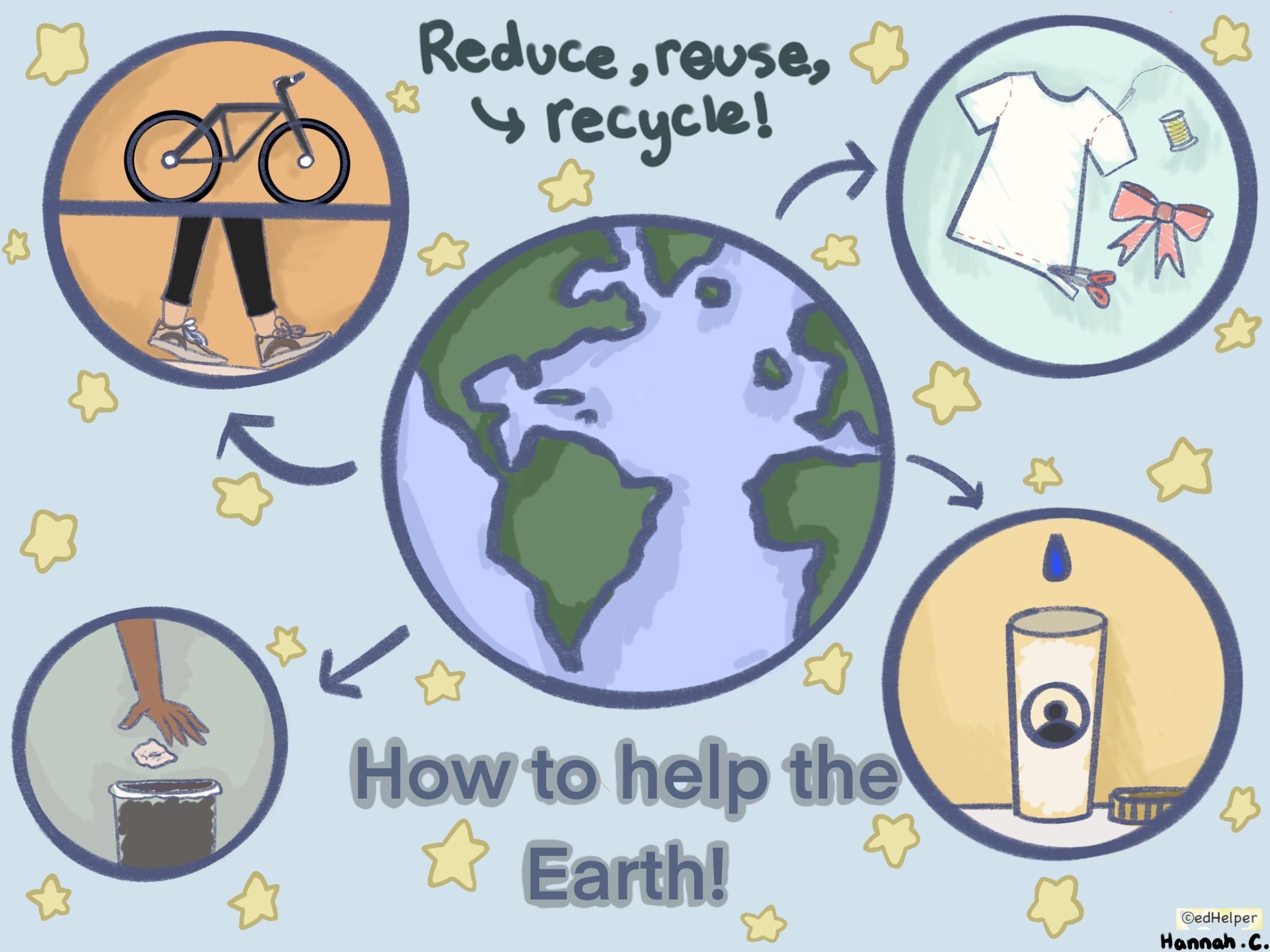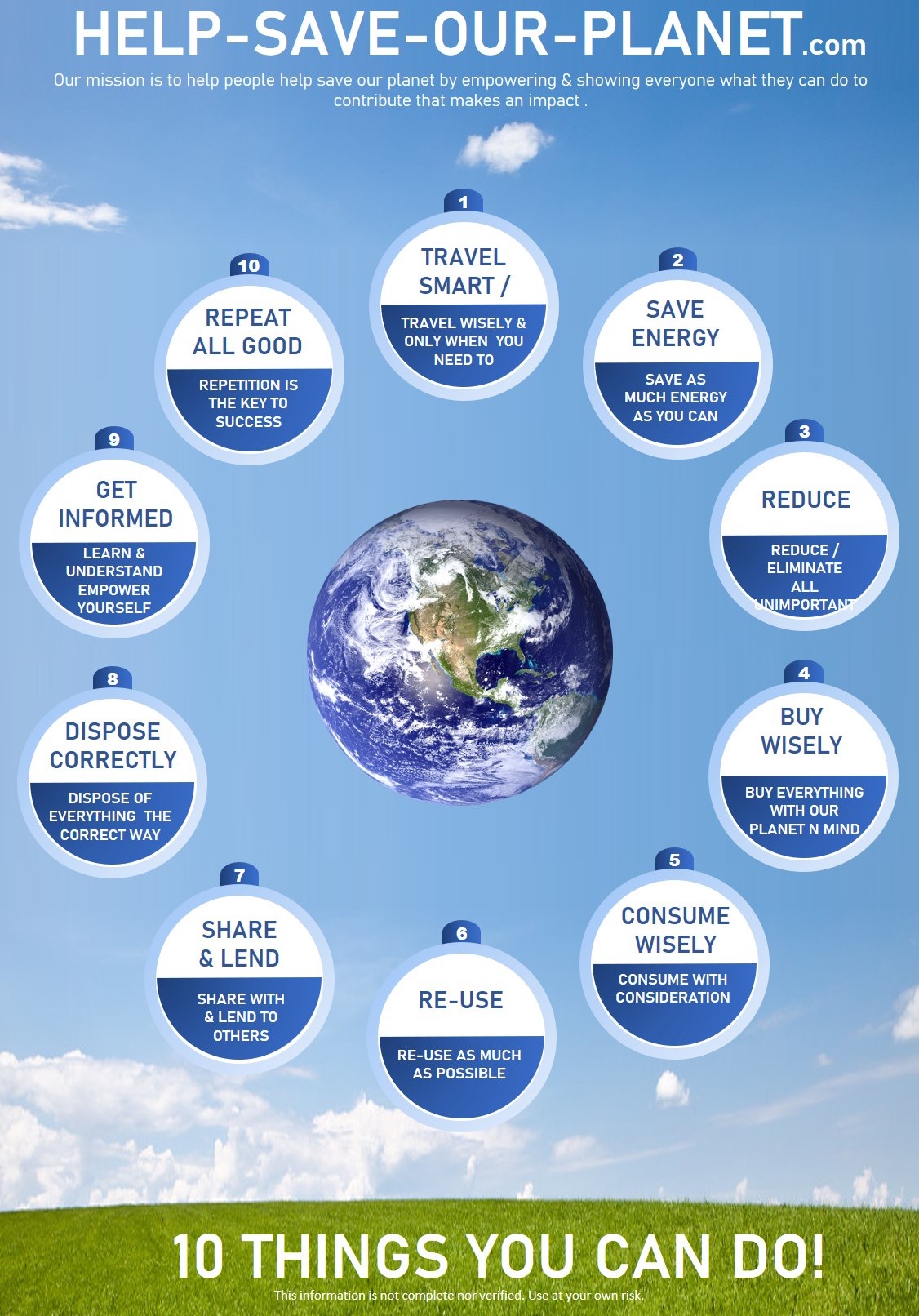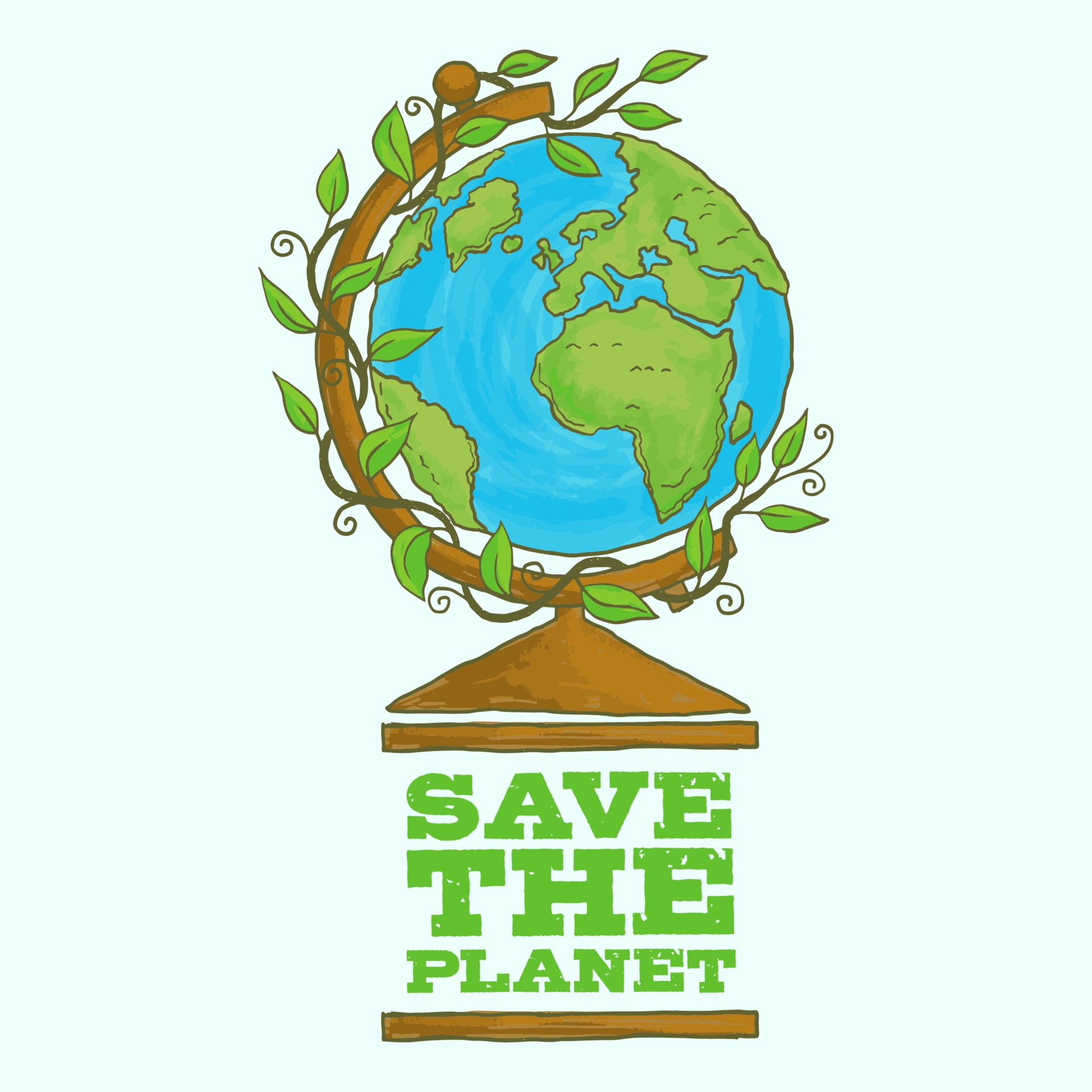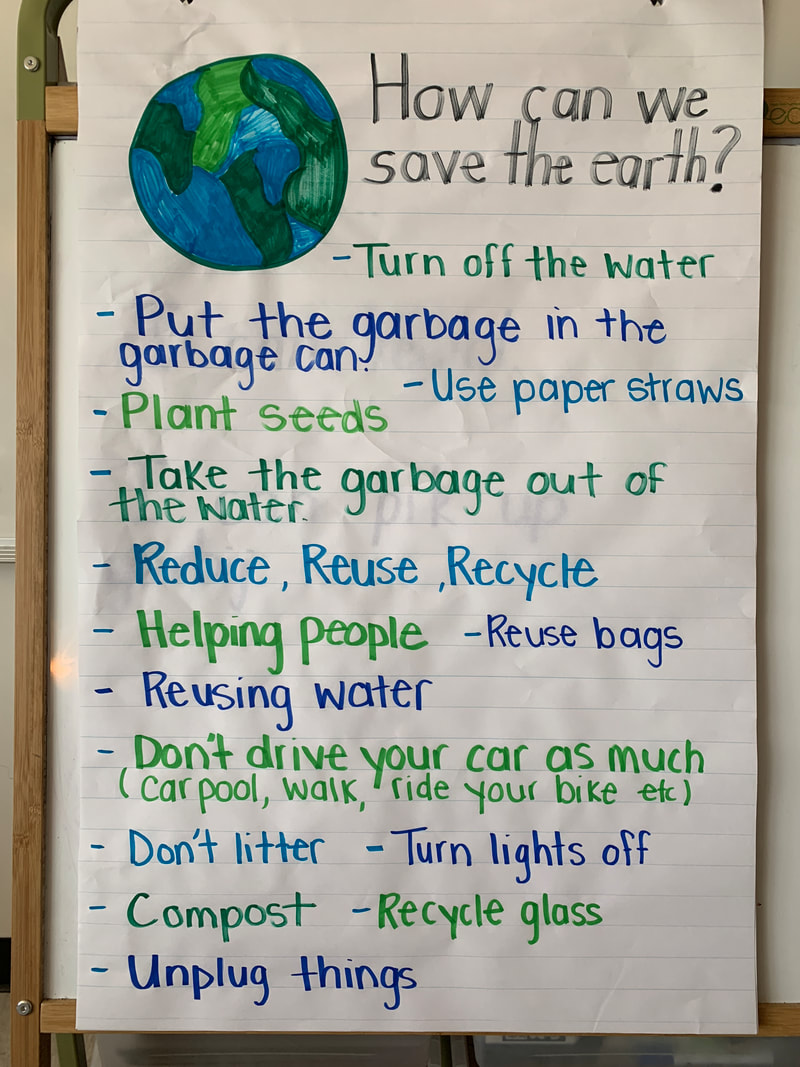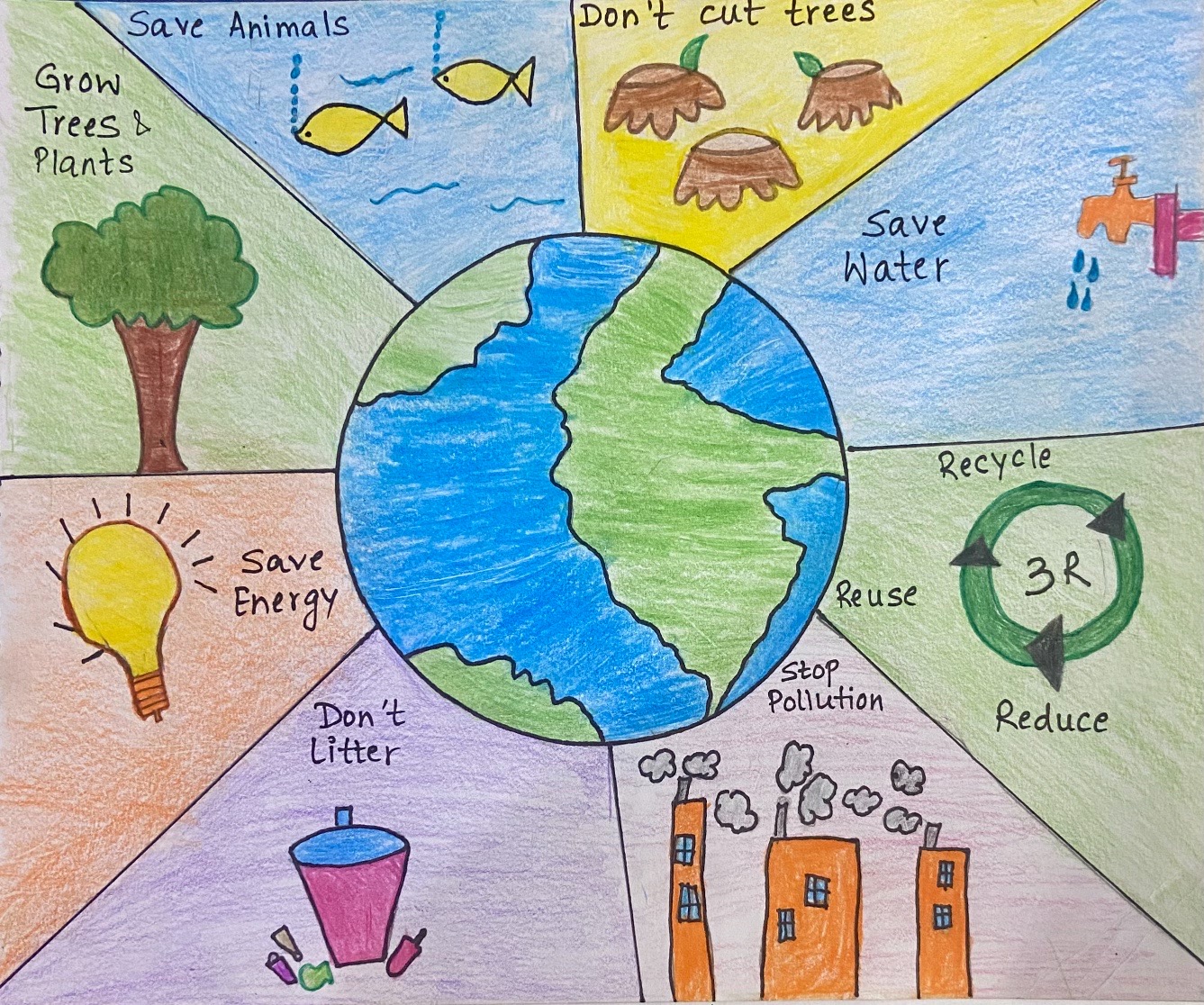What Are We Doing To Save The Planet
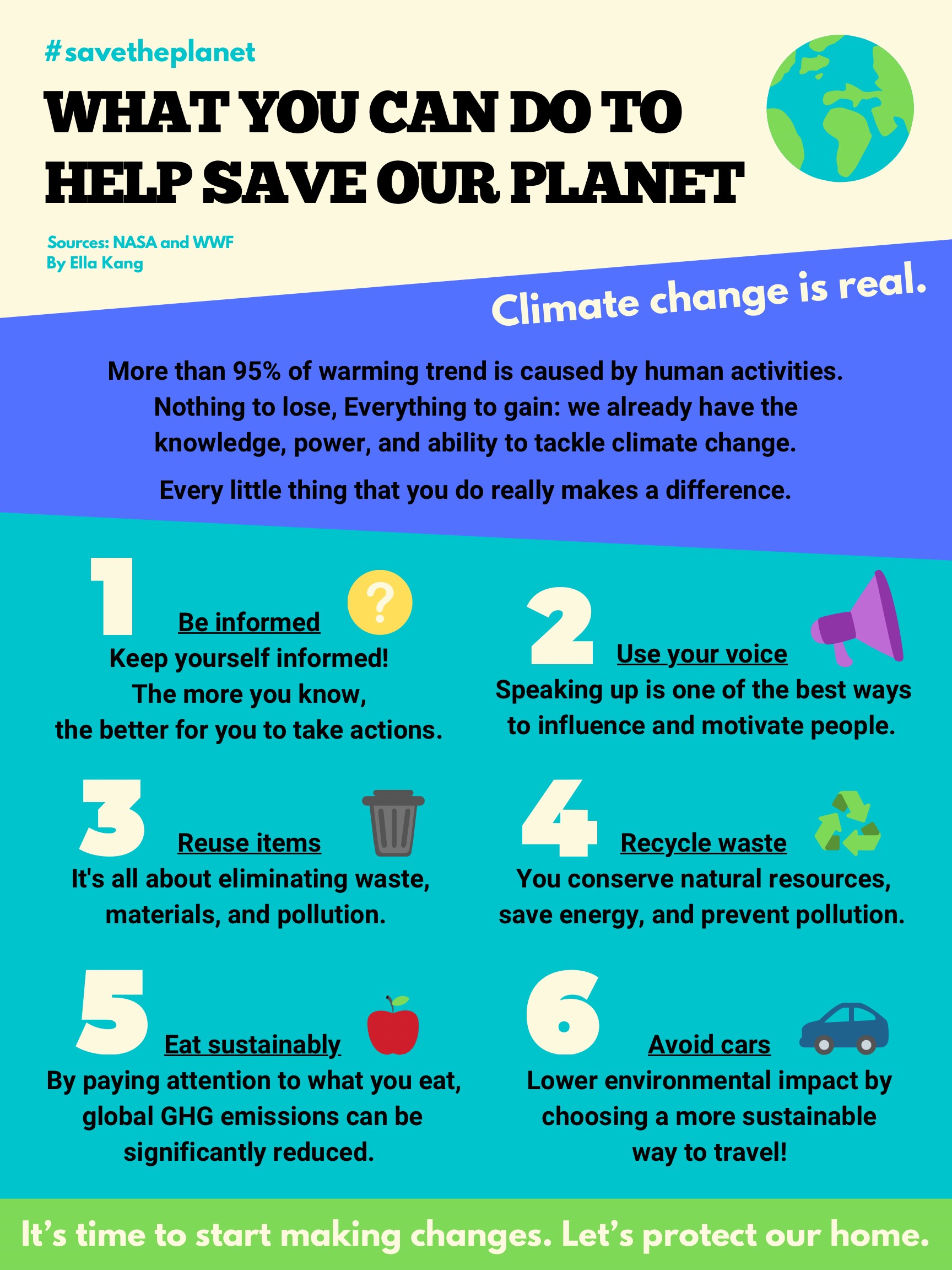
Across the globe, a multitude of initiatives are underway to address the pressing challenges of climate change and environmental degradation. These efforts span diverse sectors, involving governments, organizations, and individuals, all striving to mitigate the negative impacts and foster a more sustainable future.
This article examines the key strategies and actions being implemented worldwide, focusing on their objectives, implementation, and potential for long-term environmental preservation. It aims to provide an overview of the multi-faceted approach to safeguarding our planet.
Shifting Towards Renewable Energy
One of the most significant efforts involves transitioning from fossil fuels to renewable energy sources. This includes investments in solar, wind, hydro, and geothermal power, aiming to reduce carbon emissions associated with traditional energy production.
Government policies, such as subsidies and tax incentives, are playing a crucial role in accelerating the adoption of renewable technologies. The International Renewable Energy Agency (IRENA) reports a significant increase in renewable energy capacity globally, with wind and solar leading the way.
Many countries have set ambitious targets for renewable energy deployment, seeking to decarbonize their electricity grids and reduce reliance on fossil fuel imports.
Enhancing Energy Efficiency
Alongside the shift to renewable energy, improving energy efficiency is also a key priority. This involves implementing measures to reduce energy consumption across various sectors, including buildings, transportation, and industry.
Building codes are being updated to require better insulation and energy-efficient appliances. Transportation initiatives promote the use of electric vehicles and public transportation systems. Industrial processes are being optimized to minimize energy waste.
These energy efficiency measures not only reduce greenhouse gas emissions but also lower energy costs for consumers and businesses.
Protecting Forests and Ecosystems
Protecting and restoring forests and other vital ecosystems is crucial for carbon sequestration and biodiversity conservation. Deforestation contributes significantly to greenhouse gas emissions, while healthy forests act as carbon sinks.
Reforestation and afforestation projects are being implemented in various regions to increase forest cover. Sustainable forest management practices are promoted to ensure that forests are harvested responsibly.
Organizations like the World Wildlife Fund (WWF) are working to protect endangered species and their habitats.
"Protecting our planet is everyone's responsibility," said Carter Roberts, President and CEO of WWF-US.
Promoting Sustainable Agriculture
Sustainable agriculture practices are gaining traction as a means of reducing the environmental impact of food production. This includes minimizing the use of pesticides and fertilizers, promoting soil health, and reducing water consumption.
Agroforestry, which integrates trees into farming systems, is being promoted to enhance carbon sequestration and biodiversity. Regenerative agriculture techniques are being implemented to restore soil health and improve crop yields.
Consumers are also playing a role by choosing sustainably produced food and reducing food waste.
Addressing Climate Change Through International Agreements
International agreements, such as the Paris Agreement, provide a framework for global cooperation on climate change. These agreements set targets for emissions reductions and promote the sharing of knowledge and technology.
Countries are working together to implement their Nationally Determined Contributions (NDCs), which outline their individual commitments to reducing emissions. The Conference of the Parties (COP) meetings serve as important platforms for negotiating and reviewing progress.
Despite challenges and setbacks, international cooperation remains essential for addressing the global challenge of climate change.
Conclusion
The efforts to save the planet are diverse and widespread, encompassing a range of strategies and actions. From transitioning to renewable energy to protecting forests and promoting sustainable agriculture, these initiatives represent a collective effort to mitigate the impacts of climate change and preserve our natural resources.
While significant progress has been made, much more needs to be done to achieve a truly sustainable future. Continued innovation, investment, and collaboration are essential for addressing the complex environmental challenges that lie ahead. The collective action of governments, organizations, and individuals will ultimately determine the fate of our planet.
